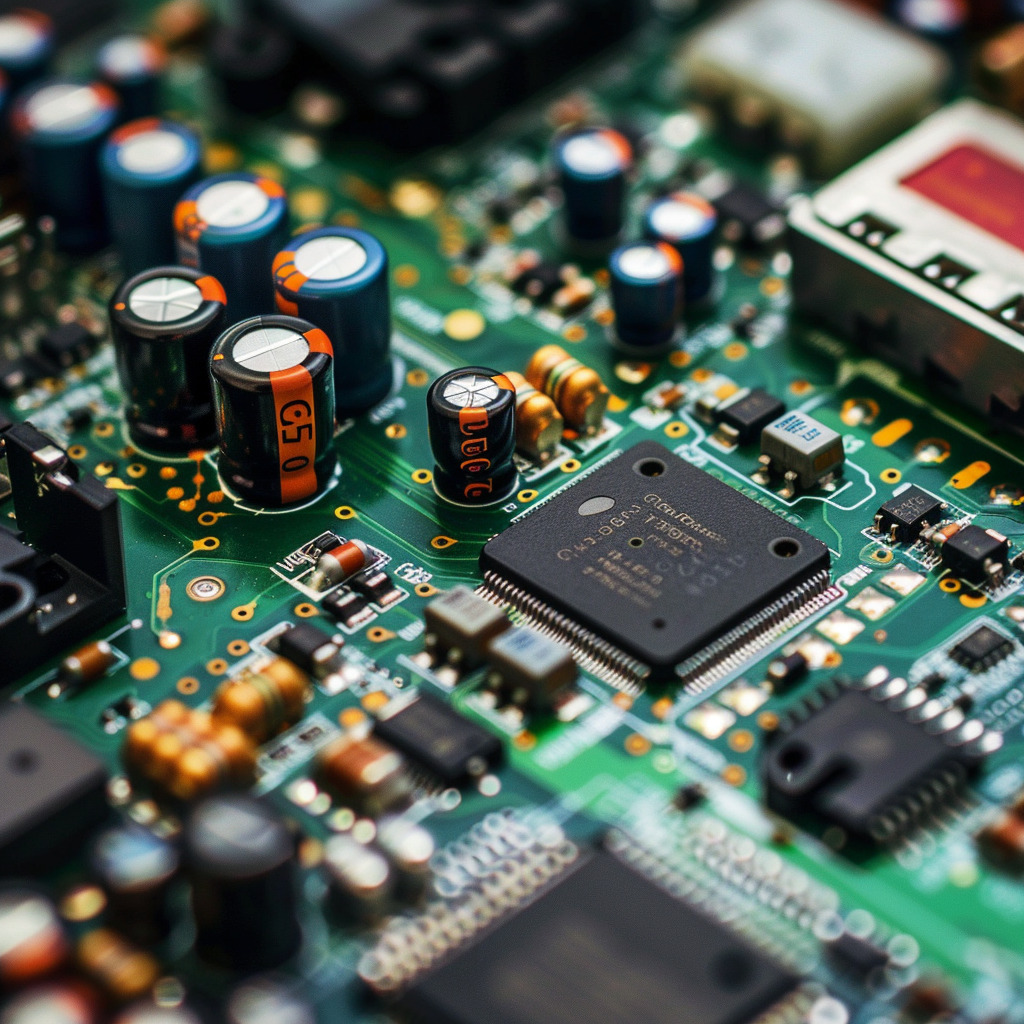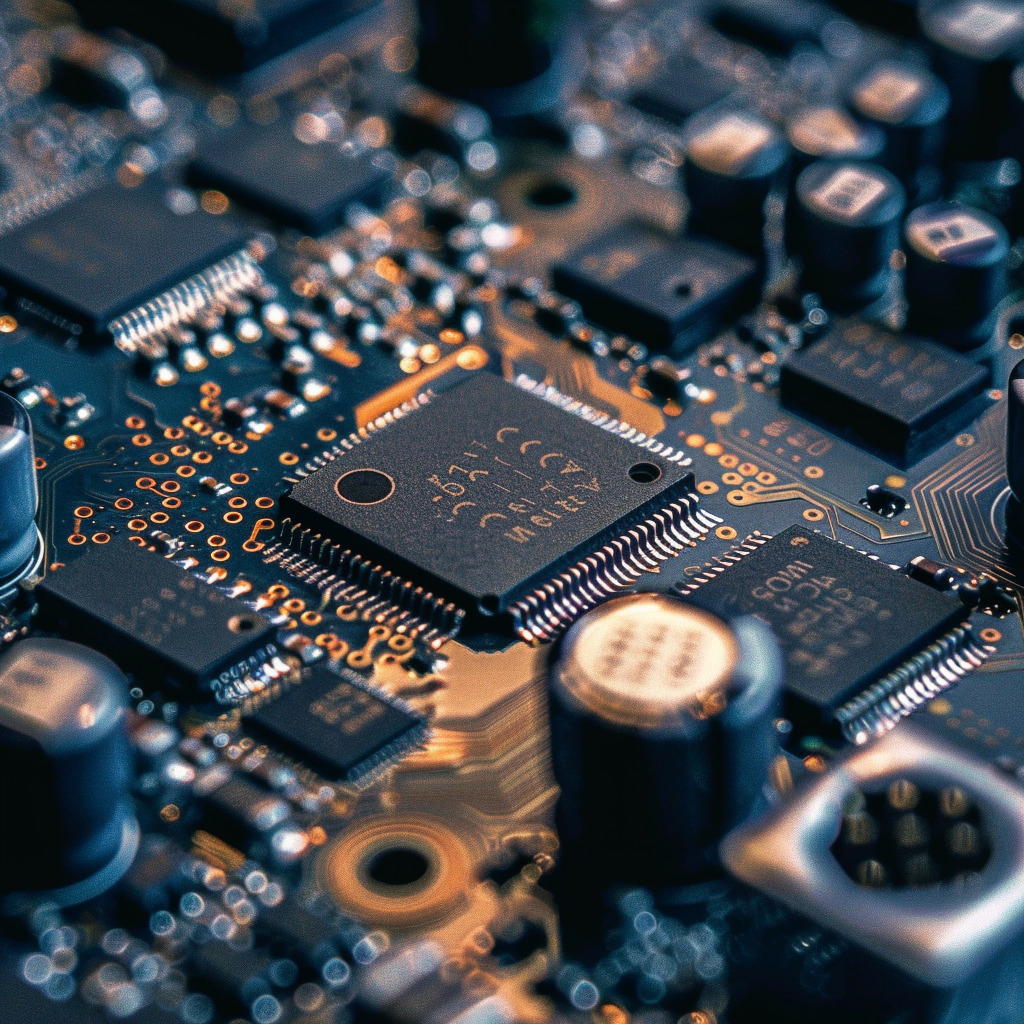Time: 2024-03-07 10:20:04View:
A single board computer (SBC) is a complete computer system built on a single circuit board. It integrates all the essential components required for a computer, such as a processor, memory, storage, input/output interfaces, and power supply, onto a single board. SBCs are designed to be compact, cost-effective, and energy-efficient, making them suitable for a wide range of applications.
SBCs come with various memory options, including RAM and onboard storage. They may have slots for additional storage expansion, such as an SD card or solid-state drive (SSD). The available memory capacity influences the multitasking capabilities and storage space of the SBC.
One of the key advantages of SBCs is their flexibility in terms of connectivity. They typically offer a range of input/output interfaces, such as USB ports, Ethernet, HDMI or DisplayPort for video output, audio jacks, and GPIO (General Purpose Input/Output) pins. These interfaces allow users to connect peripherals, external storage devices, displays, and other hardware components to the SBC.
SBCs are widely used in various industries and applications. They are popular in the maker and hobbyist community for prototyping projects and building DIY electronics. SBCs are also used in industrial automation, robotics, Internet of Things (IoT) devices, media centers, home automation systems, and educational environments.
Moreover, SBCs have gained popularity in the field of embedded systems. Their compact form factor and low power consumption make them suitable for integration into devices such as digital signage, kiosks, smart appliances, and automotive systems. SBCs are often preferred over traditional desktop computers in situations where space, power efficiency, and cost-effectiveness are crucial factors.
In recent years, the increasing demand for edge computing and AI applications has led to the development of more powerful and specialized SBCs. These boards may feature dedicated AI accelerators, such as GPUs or neural processing units (NPUs), enabling efficient machine learning and computer vision tasks on a compact platform.
Overall, single board computers offer a convenient and versatile solution for various computing needs. With their compact size, affordability, and broad range of applications, SBCs continue to play a significant role in advancing technology and empowering innovation.

The architecture of a single board computer (SBC) encompasses the components and design principles that make up the system. SBCs are designed to provide a complete computing solution on a single circuit board, integrating various hardware components and interfaces.
At the core of an SBC is the microprocessor or system-on-a-chip (SoC). The microprocessor is responsible for executing instructions and performing computational tasks. It can be based on different architectures, such as ARM or x86, depending on the specific SBC model. The choice of microprocessor determines the processing power, instruction set, and compatibility with software and operating systems.
SBCs also include memory components. Random-access memory (RAM) is used for temporary data storage and to hold program instructions during execution. SBCs typically feature onboard RAM, which may vary in capacity depending on the model. Additionally, SBCs may offer non-volatile memory options like flash memory or eMMC (embedded MultiMediaCard) for program storage and data persistence.
To support input and output operations, SBCs provide a range of interfaces. These include USB ports for connecting peripherals such as keyboards, mice, and storage devices, Ethernet ports for network connectivity, HDMI or DisplayPort interfaces for video output to displays, audio jacks for audio input and output, and GPIO (General Purpose Input/Output) pins for connecting to external devices and sensors. SBCs may also feature expansion slots or headers for additional connectivity options, such as PCIe, SATA, or Wi-Fi/Bluetooth modules.
Power supply is another crucial aspect of SBC architecture. SBCs typically have a power input connector or a power header for connecting an external power source. The power supply circuitry on the board ensures stable and regulated power distribution to all components, taking into account the power requirements of the microprocessor, memory, and other peripherals.
Some SBCs may include dedicated graphics processing units (GPUs) or video acceleration hardware to enhance multimedia capabilities, enabling smooth video playback, graphics rendering, and image processing tasks. These specialized components contribute to the overall architecture of the SBC, providing enhanced graphical capabilities for applications such as media centers or gaming.
Furthermore, SBCs often incorporate onboard communication capabilities, such as Wi-Fi and Bluetooth modules, to enable wireless connectivity. These modules allow the SBC to connect to local networks, access the internet, and communicate with other devices.
The architecture of an SBC is designed to balance performance, power consumption, cost, and form factor. The integration of multiple components onto a single board allows for a compact and cost-effective solution, making SBCs suitable for a wide range of applications, including IoT devices, robotics, multimedia systems, and embedded systems.
Overall, the architecture of an SBC combines the microprocessor, memory, connectivity options, power supply, and specialized components to create a self-contained computing platform capable of running various software applications and interacting with external devices, making it a versatile and powerful tool for diverse computing needs.
Microcontrollers are integrated circuits that combine a microprocessor core, memory, and input/output peripherals on a single chip. They are designed to perform specific tasks and control electronic systems with a high degree of precision and efficiency. Unlike general-purpose microprocessors found in computers, microcontrollers are optimized for embedded applications and provide a complete solution in a compact package.
The microprocessor core of a microcontroller executes the instructions and performs the computational tasks. It is typically based on a reduced instruction set computer (RISC) architecture, which allows for efficient execution of simple and repetitive tasks. The core is supported by various types of memory, including flash memory for program storage and random-access memory (RAM) for data storage. This combination of memory enables the microcontroller to run programs and store data in real-time.

Microcontrollers and Single Board Computers (SBCs) are both types of embedded computing platforms but differ in their design, capabilities, and target applications.
Microcontrollers are integrated circuits designed to perform specific tasks with a high degree of precision and efficiency. They typically consist of a microprocessor core, memory, and input/output peripherals on a single chip. Microcontrollers are optimized for real-time control and are commonly used in applications where size, power efficiency, and cost-effectiveness are crucial factors. They excel at handling simple and repetitive tasks, such as sensor monitoring, data processing, and device control. Microcontrollers often have limited processing power and memory compared to SBCs, but their specialized architecture allows them to perform tasks with high determinism and low power consumption.
On the other hand, Single Board Computers are complete computer systems built on a single circuit board. They integrate a microprocessor or system-on-a-chip (SoC), memory, storage, input/output interfaces, and power supply onto a single board. SBCs are more versatile and powerful compared to microcontrollers, offering the capabilities of a traditional desktop computer in a compact form factor. They are designed for general-purpose computing and are suitable for a wide range of applications, including multimedia processing, web browsing, software development, and running operating systems like Linux or Windows. SBCs provide more processing power, memory, and connectivity options than microcontrollers, making them suitable for applications that require higher computational capabilities and the ability to run complex software.
The choice between a microcontroller and an SBC depends on the specific requirements of the application. Microcontrollers are preferred when real-time control, low power consumption, and cost-effectiveness are critical. They are commonly used in applications such as robotics, automation systems, home appliances, and wearable devices. SBCs, on the other hand, are suitable for applications that require more computational power, advanced connectivity, and the ability to run full-fledged operating systems. They are often used in applications such as media centers, IoT gateways, industrial control systems, and prototyping projects.
Another factor to consider is the development process. Microcontrollers are typically programmed using low-level languages like C or assembly language, and their development often involves direct manipulation of registers and hardware interfaces. SBCs, on the other hand, can be programmed using higher-level languages and development frameworks, making them more accessible to a wider range of developers.
For your reference, below is a video related to their differences:
In summary, microcontrollers and single board computers are both valuable tools in the world of embedded computing. Microcontrollers excel at real-time control, low power consumption, and cost-effectiveness, while SBCs offer more computational power, flexibility, and the ability to run complex software. The choice between the two depends on the specific requirements of the application, balancing factors such as processing power, memory, power efficiency, cost, and development complexity.